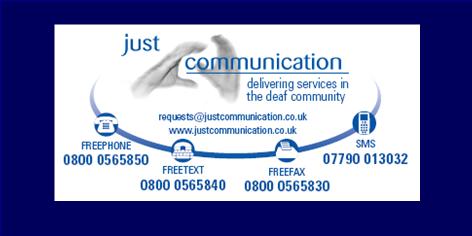Campaigners said that half of those with hearing problems surveyed are unhappy with the communication methods they have with their bank or building society.
The charity found from its 6,000 members that some three quarters visit their branch in person, although less than half would prefer to communicate in this way. One third of respondents had experienced difficulties relating to hearing loss or deafness when communicating with their bank or building society.
Roger Wicks, a director of the charity, said: “Some banks are failing people, which can leave them frustrated and isolated, and can lead to them feeling financially excluded. We strongly believe that people with a hearing loss should have equal access to their banking services.”
The study argued that staff do not always understand the “text relay” system for phone communication, which allows customers to type a message which is relayed through an operator.
Action on Hearing Loss, formerly known as the RNID, surveyed 152 bank and building society branches and found that in more than half (52%) there was no induction loop or the loop was not available, switched on or working.
The charity said one anonymous customer had told them about the problems in branch, saying: “(They) try to speak with me through a glass screen. They have counter loop sign but staff don’t know what it is or how it works. There is no deaf awareness.”
A spokeswoman for the Building Societies Association said: “Building societies are very conscious of the various needs of their customers and work hard to deliver their services in a way that is accessible to each individual. This includes induction loops in branches, web secure messaging and documentation and websites available in larger font sizes.
“That said, any consumer problems are of concern and we would like to understand the detail of this survey conducted by Action on Hearing Loss.”






No comments:
Post a Comment